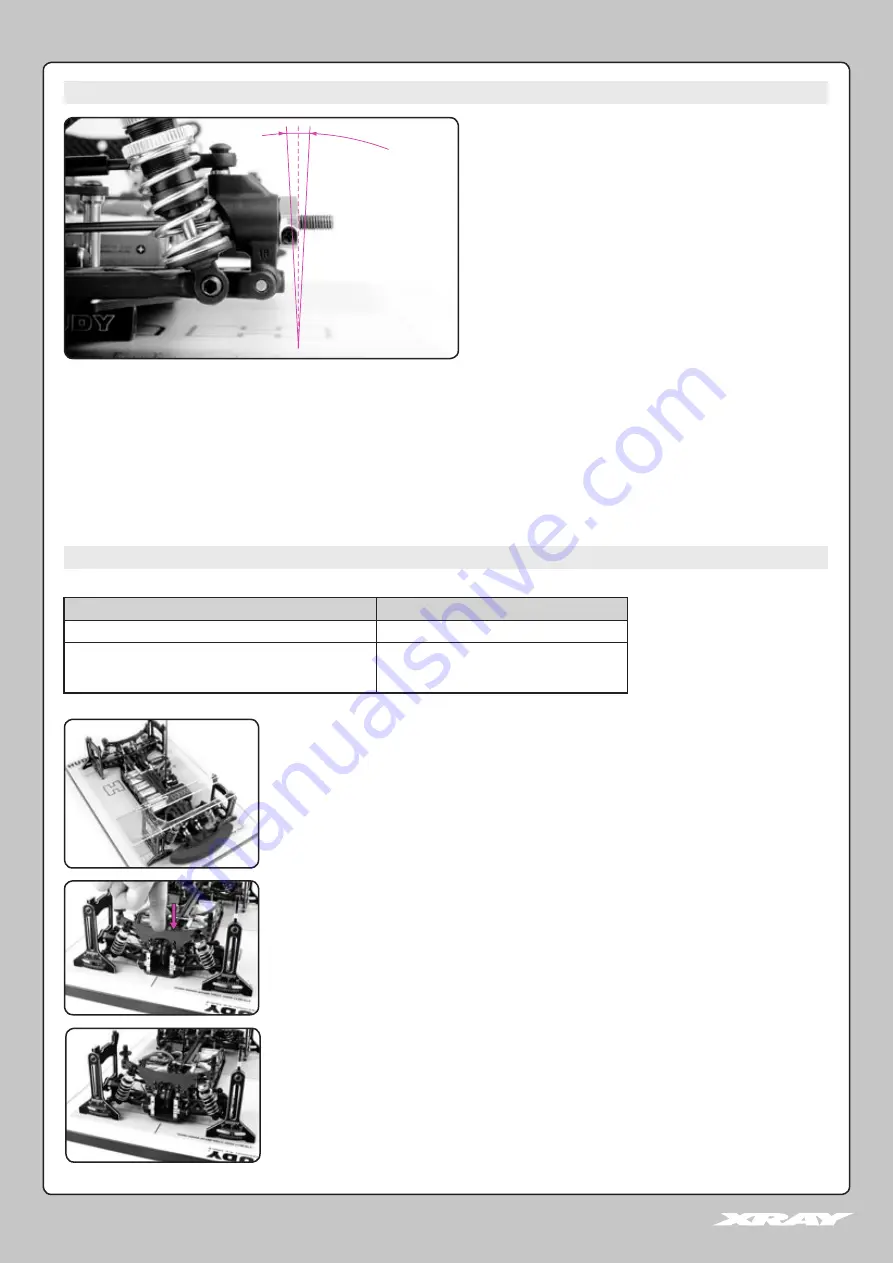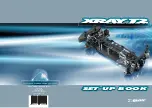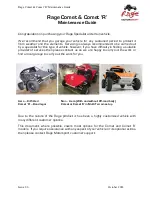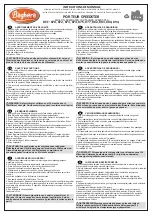
1
caMBER - THEORY
Camber is the angle of a wheel to the surface on which the car is resting (with wheels and shock absorbers mounted). Zero degrees (0°) of camber
means that the wheel is perpendicular to the reference surface. Negative camber means that the top of the wheel is leaning inwards towards the
centerline of the car. Positive camber means that the top of the wheel is leaning outwards from the centerline of the car. Camber affects the car’s
side traction.
Camber affects the car’s traction. Generally more negative (inward) camber means increased grip since the side-traction of the wheel increases.
Adjust front camber so that the front tires wear flat. Adjust rear camber so that the rear tires wear slightly conical to the inside.
The amount of front camber required to maintain the maximum contact patch also depends on the amount of caster. Higher caster angles (more
inclined) require less negative camber, while lower caster angles (more upright) require more negative camber.
caMBER - MEaSURING
InITIAl STepS
SeT-Up cOmpOnenTS:
Prepare the car as follows:
Use the following set-up components:
·
Shocks: Attach the front and rear shocks.
·
Anti-roll bars: Detach front and rear anti-roll bars.
·
Wheels: Remove the wheels.
·
assembled set-up stands
1. Assemble the set-up stands.
. Mount the set-up stands on the axles.
. Place the car on the set-up board.
. Push down and release the front and rear of the car so that the suspension settles.
. Read the camber setting from the camber gauge of each of the four set-up stands.
CAMBER
-
+
ca
m
be
r















































